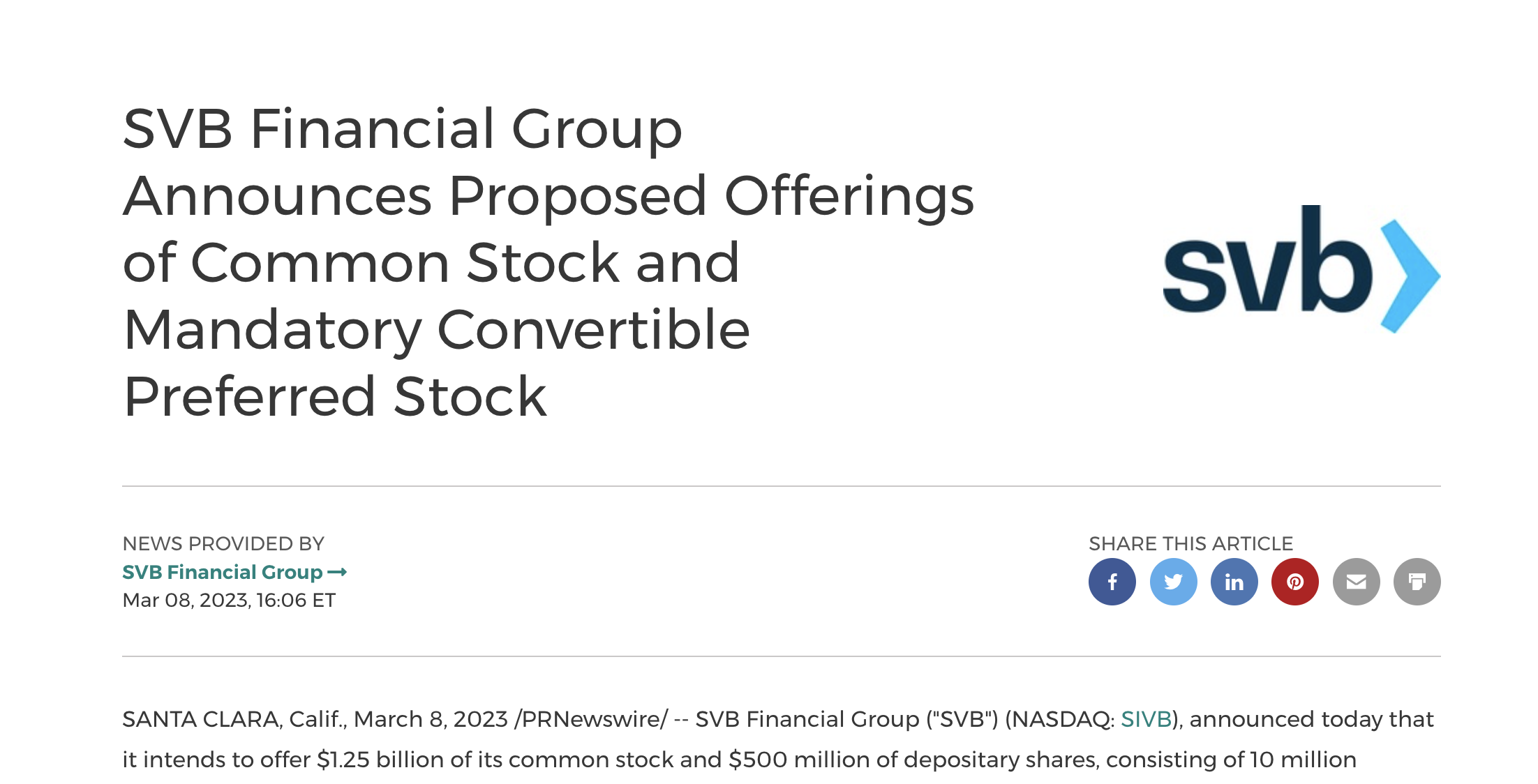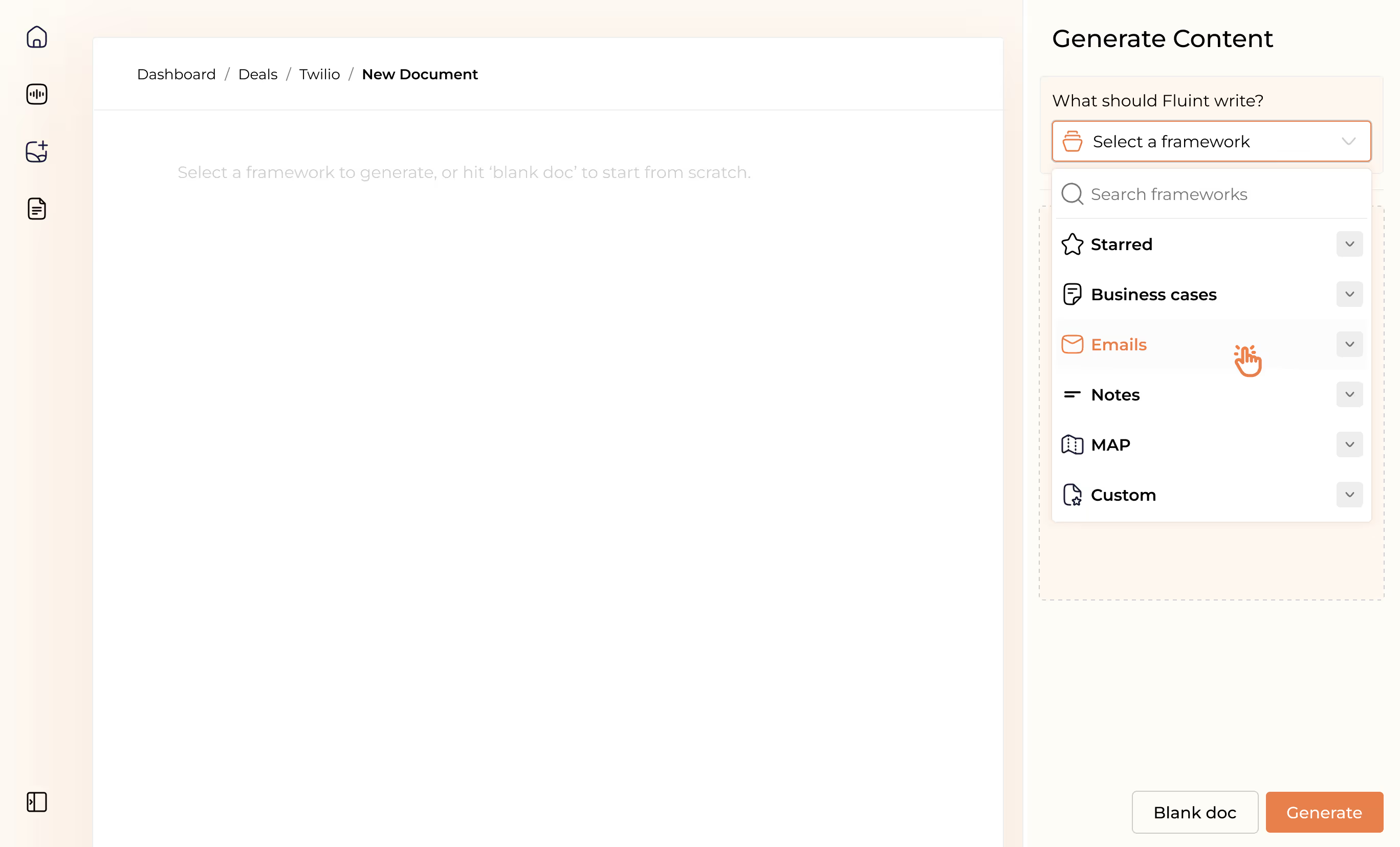My (Almost) Very Expensive Lesson in Creating Strong Narratives that Shape Reality


Here’s a screenshot of one of our investors texting me last week:

We were on a team retreat, so I got his heads up late in the day. Right after, I started transferring a chunk of cash from an SVB account, over to another account...
...but the wire got hung up. It didn't clear last Thursday.
Now, you already know the end to this story. Our team (and others) got all of our cash back. And yes, I know. You’ve read opinions galore on this topic.
But I’m not here to opine on why this happened, or how companies should manage their cash.
Instead, I write and think and teach and build products that are centered on the power of narratives everyday. I strongly believe in the power of narratives. So naturally, I found the SVB meltdown as fascinating as it was horrifying.
Narratives are powerful enough to create the second-largest bank failure in recent history. And they’re powerful enough to shape the direction of massive, global enterprises too.
Here are 6 takeaways from last week you should put to work in your pipeline this week.
1/ Narratives Create New Realities
Narratives shape perception, and perception becomes reality when a message gains a certain level of widespread acceptance.
- The reality on Wednesday of last week:
SVB was fairly well-capitalized. Their balance sheet wasn’t outside of federal guidelines.
- Their messaging changed that reality:
They shared a press release that drove people to behave differently, pulling their cash, which dramatically changed the facts. In 24 hours, their balance sheet was NOT healthy.
2/ Narratives Create Decision Safety
After a certain level of “social consensus,” it’s safer to do what the crowd does than to stay the course. Even if you don’t agree.
Once a herd stampedes, you’re safer running with them than standing still (and getting trampled). Some call this a narrative’s “Bandwagon Effect.”
As a semi-comical example, check out this video of cafe goers in Brazil. There was a CrossFit class running on the sidewalk as part of their workout. A few people spotted them, and thought something was wrong.
Like, why would people be running away? “Others seems to be running for their life… I probably should too. This isn’t good.”
There’s safety in moving as the group does. So narratives build momentum based on what others are doing.
3/ Narratives Grow Stronger or Weaker Based on their Messenger
Peter Thiel is a big name in tech. Most founders have read his book Zero to One. His VC fund, Founders Fund, is a Tier 1, respected firm. So when you see a headline like this, the message snowballs real quick:

That’s why your message can be branded as “visionary” when delivered by an SVP, but the same message will get dismissed as too “foolish” when shared by an Analyst.
So who’s delivering your message internally? What level of social capital has your champion built up? How “believable” are they?
4/ Narratives Create Decision Speed
SVB shared they were selling off a few investments at a loss on March 8th at 4pm. Less than 48 hours later, they were shut down by the FDIC.
Everyone knows (and complains) that enterprise deals move slowly. But that’s only because your narrative isn’t connected to a massive, unaddressed problem blocking a central leadership priority. When you align your message accordingly, things happen. Fast.

5/ Simple Narratives Travel
A message that’s too complex and filled with jargon is carrying too much extra baggage. It won’t get to liftoff, and won’t travel around the enterprise when it’s weighed down.
The message, “You’re going to lose all your cash, fast,” is pretty dang simple.
It’s why Dave Kellogg says executives this way:
They're direct. They speak clearly and in simple language. Buzzwords and spin are the province of middle management, not the C-suite.
So cut out the clutter. Simplify your language to help your ideas travel.
6/ Effective Narratives Are Emotionally Relevant
My friend Kyle Asay pointed out good reps, “Speak to the emails buyers never want to read.”
For example, if you’re in HR, it’s a massive compliance issue. IT, it’s a data breach. And if you’re a founder, it’s an email (or text) saying all your cash is evaporating.
Both scenarios strike a chord because they’re vivid, and emotionally relevant. They tap into a loss we’ll desperately try to avoid.
Here’s a shortcut to crafting narratives that spread:
- Capture your buyers own words.
What type of internal language do they use to describe the problem?
- Drop those words into an effective framework.
Trying using the 1-Page Business Case for example.
PS, if you'd like to join Fluint's early access group, I'd love to show you what we're building, to help you do exactly this. Grab a time to chat here.
FAQ's on:
Why stop now?
You’re on a roll. Keep reading related write-up’s:
Draft with one click, go from DIY, to done-with-you AI
Get an executive-ready business case in seconds, built with your buyer's words and our AI.

Meet the sellers simplifying complex deals
Loved by top performers from 500+ companies with over $250M in closed-won revenue, across 19,900 deals managed with Fluint

Now getting more call transcripts into the tool so I can do more of that 1-click goodness.



The buying team literally skipped entire steps in the decision process after seeing our champion lay out the value for them.


Which is what Fluint lets me do: enable my champions, by making it easy for them to sell what matters to them and impacts their role.








